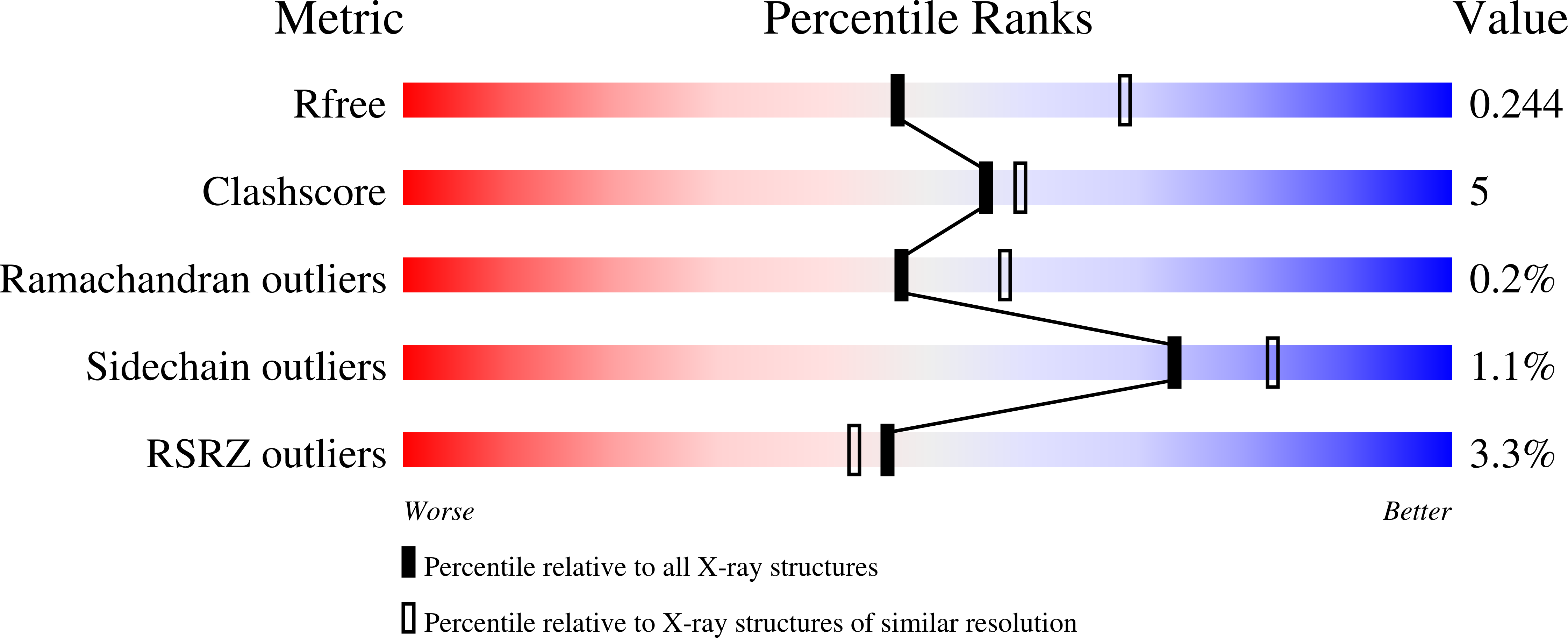
Deposition Date
2022-11-03
Release Date
2023-07-19
Last Version Date
2023-10-25
Method Details:
Experimental Method:
Resolution:
2.44 Å
R-Value Free:
0.24
R-Value Work:
0.20
R-Value Observed:
0.20
Space Group:
P 21 2 21


